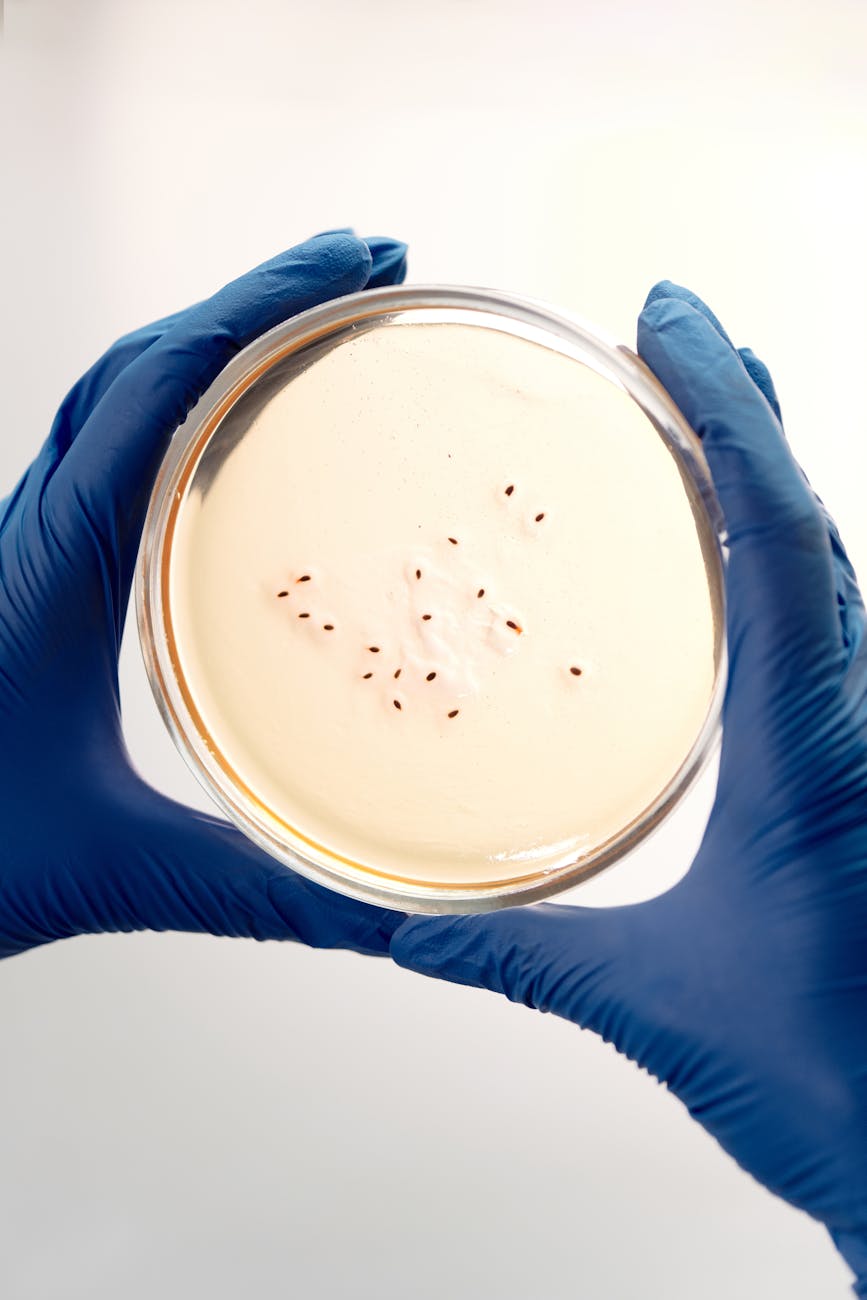Single Cell Protein (SCP)
Microorganisms As Food
Microorganisms are omnipresent, they are found everywhere, where there is life exit. Microorganisms are both beneficial and harmful. Some microorganisms are used in the food and some are used as food. This article is related to In which way how microorganisms are used as food.
Single-cell protein (SCP) is used as a supplement of protein.SCP is generated to wakeup the protein deficiency. It may be used as both feed and food. Consumption of SCP is direct as a human food supplement and may be used in the animal feed also.
Many microorganisms such as algae, yeasts, fungi, and bacteria species are used for the production of SCP. Some of the examples of Microorganisms species that are used as food and feed :
Algae
- Chlorella sp.
- Spirulina maxima etc.
Yeast
- Candida utilis
- Candida lipolytica
- Saccharomyces cerevisiae
- Kluyveromyces fragilis etc.
Fungi
- Fusarium graminearum
- Paecilomyces varioti etc.
Bacteria
Mythlophilus methylotrophus etc.
The microorganisms that are used for SCP must be nonpathogenic, good in nutritional value, easy to produce at a large scale, fast-growing, easy to separate from the medium, easy to dry, toxin-free, cheap in nature, and so on.
Steps for production of SCP
Provision of carbon source in the form of substrate
There are several carbon sources are used as a substrate for the production of SCP like Gaseous Hydrocarbons, Liquid hydrocarbons, gas oil, Methanol, Ethanol, Molasses, whey, cellulose hydrolysate, starch hydrolysate, industrial effluents, cellulosic waste, etc. all of these carbon-based substrate use for the production of SCP. These carbon sources need physical and chemical pretreatments.
Addition of other sources
Nitrogen, phosphorus, other nutrients are used besides the carbon source. All of these elements and nutrients are required to support the optimal growth of microorganisms.
Maintain hygienic conditions
Selective medium components should be contamination-free and maintaining sterile or hygienic conditions is necessary for the proper growth of selected microorganisms. Fermentation equipment should be sterilized for the production of SCP. Filteration and heated process may be used for sterilization.
Inoculation
Introduced selected microorganisms in the selected medium in the pure state is known as inoculation. The process of inoculation should proceed in hygienic conditions.
Aerobic conditions
SCP production and its process required aerobic conditions( except algae case). During production adequate air is required and the cooling process is necessary while heat is generated.
Biomass recovery and Storability
Biomass recovery means microbial biomass recovered from the medium. There are different types of approaches are used for the recovery of microbial biomass like flocculation, floatation combined with centrifugation, filtration, centrifugation, etc.
During the recovery process, adequate hygiene conditions must be maintained to prevent the growth of undesirable microorganisms. Heat treatment was used during harvesting to inactivate heat-sensitive organisms. After successful recovery protein may be isolated and purified.
Note: Toxic and carcinogenic compounds must be assayed during the selection of substrate.
Advantages of SCP
- High in protein poor in fat
- Produced all the year not dependent on climate ( except algal process)
- A low-cost substrate is used
- SCP production helps to reduce pollution because the substrate used for its production causes pollution to the environment.
- High biomass yield
- Good source of Vitamin especially vitamin B group
- SCP is an approach to the supply of protein

Coin Casino Review - A Complete Look At Our Review
ReplyDeleteCoin Casino is an exciting, well regulated, and legitimate online casino. The software that we recommend here is not 더킹카지노 only the best, 메리트카지노 쿠폰 but the 🏆 The Jackpot: 100% up to ₹5000🎁 Bonus: 100% up to ₹1,000💻 Software 코인카지노 먹튀 놀검소 provider: Microgaming🎲 더킹카지노 슬롯 Games: 550+💻 Software 우리 카지노 provider: Microgaming Rating: 3.4 · Review by CasinoWow